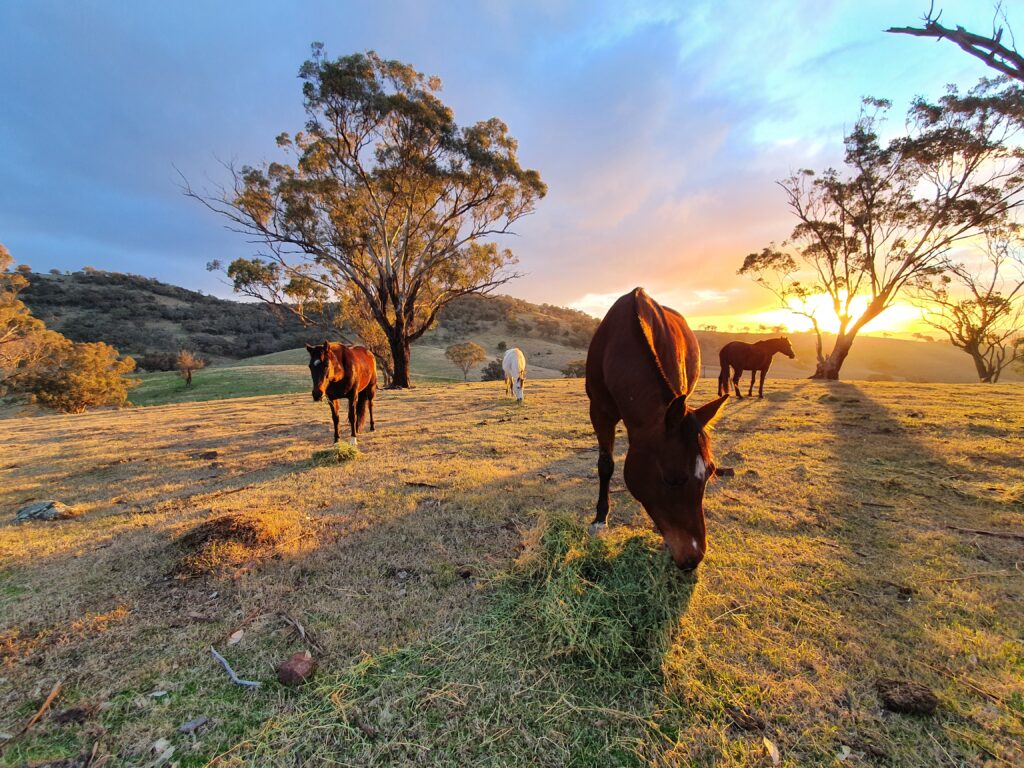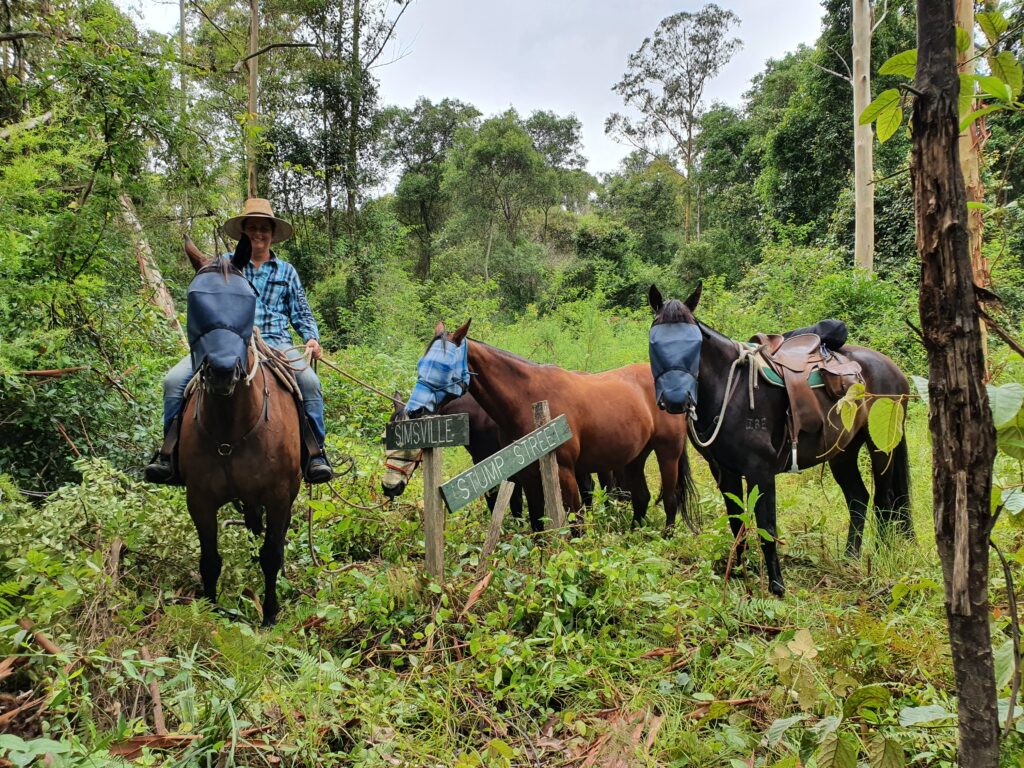Cambiegi Says: Ease Into Your Apprehension
Remember Cambiegi’s crossing whenever you feel the spark of fear in your heart. Soon enough, you’ll push through it and be on the other side.
I recently read an article about using self-help cognitive behaviour therapy (CBT) to manage fear.
Fear is a protective emotion that empowers you to adapt and respond to dangerous situations and keeps you from harm. However, when fear persists in the absence of danger, it can be troublesome and interfere with daily life by stopping you from exploring opportunities or trying new things.
Cognitive Behavioural Therapy (CBT) believes people’s perceptions of an event influence their emotional and behavioural reactions. CBT involves changing thoughts, feelings and behaviour by focusing on what you think about the situation rather than the situation itself. This approach can help you recognise when your fear is out of proportion to the risk and take steps to challenge it.
Reading the CBT article reminded me of a story I wrote about one of our horses, Cambiegi, and how he conquered his fear while crossing a creek. There were remarkable similarities between his fear-conquering process and the one recommended in the CBT article.
Remembering the lesson of Cambiegi’s crossing will make conquering a scary moment much easier with lasting, positive results.
The Rickety Bridge
Yesterday, Sean and I took our horses on an adventure. We rode from my parent’s home to my sister’s, 30km away. We rode our favourite geldings, Cambeigi and Pegasus and led two mares so they all had a chance to build fitness.
The route we travelled was familiar to me but new and strange to the horses. At home, they live in a typical farm paddock with sparse trees and dams for water. Here, we walked through a dense coastal jungle with mosquitos, bugs, big rivers, and strange birds bombarding their senses at every turn.

You can imagine what it must feel like for the horses in this foreign world. They don’t have Siri to ask, ‘What the heck is that animal running up that tree?’ or ‘Why is that water moving?’. Horses are flight animals, so their first line of defence is to run away from anything they don’t understand, and they assume that everything is dangerous until they learn otherwise.
About 20km into the ride, a rickety bridge halted our progress. The bridge consisted of two logs crossed with a patchwork of loose planks, and it was wet with tropical moss and mould. Slippery surfaces and gaping holes are treacherous for horses, so we searched along the creek for a better crossing.

Sean found a spot further downstream. Gnarly tree roots protruding from a muddy bank ensured the crossing would still be difficult, but there was less risk of injury.
Cambiegi cautiously approached the crossing point, placing his nose close to the ground to sniff at the surface beneath his feet. After moments of inspection, he stepped backwards, snorting. That’s Cambiegi saying, “Get real, that’s not safe! I’m not going there!”
Sean gently rubbed Cambiegi’s neck to soothe his fear, gave him a few moments to regroup and then urged him forward again.
Cambiegi tried, hesitated, and withdrew a few steps. Again, Sean rewarded the attempt and urged his horse to try.
On the fifth attempt, Cambiegi succeeded.
To the casual onlooker, a horse crossing a creek would hardly be newsworthy. Yet it’s taken years of training for a horse and rider to achieve such a difficult task calmly. A lesser-trained horse would respond more violently to the rider’s command to cross. It would likely fight with the rider, bolting from the situation or leap fast and hard at the crossing, risking injury. Such coarse responses are high risk and dangerous for the rider and horse. Instead, Cambiegi methodically worked through the dangers and solved the problem.
Our horses can respond that way because of the education ethos we use. Sean and I are both dedicated to natural horsemanship. This training method educates a horse to access its higher intelligence. As a result, the horse has greater flexibility in its behaviour and is a better thinker.
Part of that training involves regularly exposing the horses to foreign environments. Many horses live their days in the same paddock or stables, attending the same events or walking familiar routes on the weekends. Those horses never learn coping processes and tend to behave poorly when encountering something strange because they don’t have any other response.
We don’t force our horses to conquer their fear on the first attempt. Sean could have dug his spurs hard into Cambiegi’s ribs, sending a shock of pain through the horse’s body, propelling him forward. Under such a strong urge, the horse would lunge at what he feared.
Instead, we calmly pulse the horse toward the object of its fear so it can learn through the process, which delivers lasting, positive results.
Next time you face a scary moment, remember the lesson of Cambiegi’s crossing and sniff the ground you’ll tread, make a small attempt, ease back and then try again.

The CBT article, Facing Your Fears, offered six steps that help you respond to fear:
- Think about your physical feelings and behaviours
- Change the way you see fear
- Break down and rate fearful situations
- Start with the easiest
- Allow yourself to feel the fear
- Work your way up – but don’t rush



